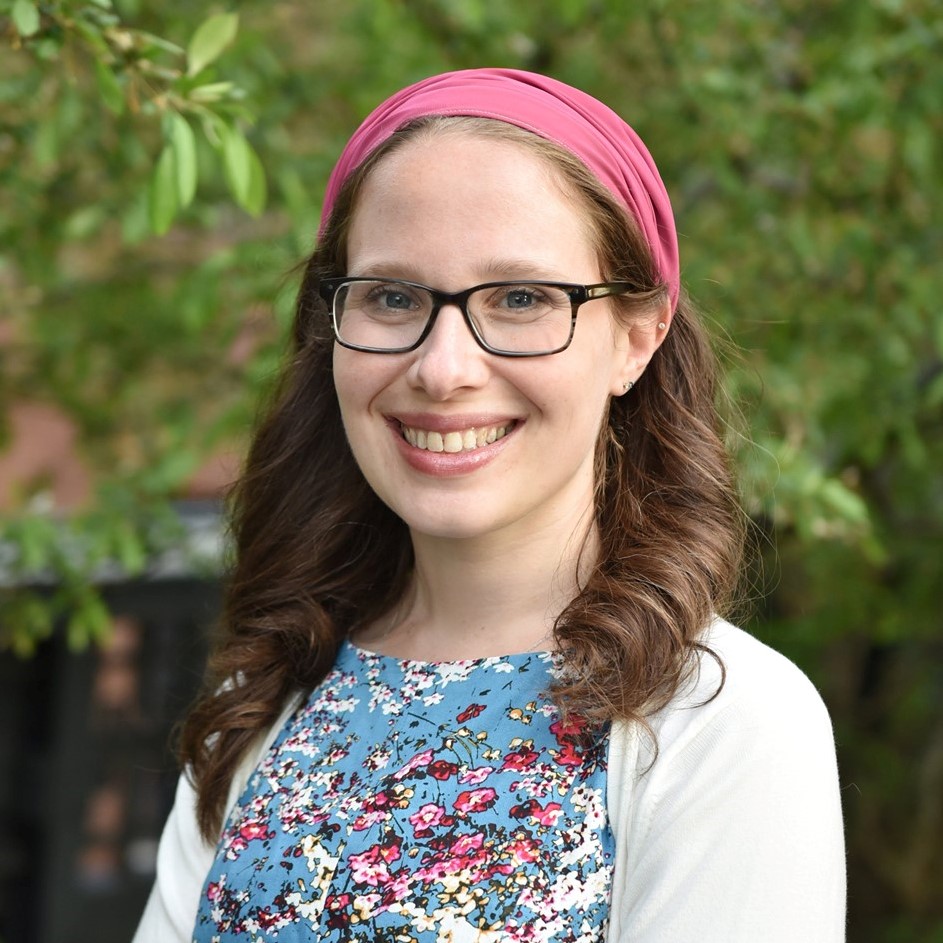Who Belongs?

Who is the Other? This question, which is asked more and more often in our world, is not often easy to answer. Can one choose to be part of a community? Are people who were once outsiders ever fully welcomed as insiders? In Judaism, these questions are especially important. While Judaism has categories to define and even praise non-Jews, opting into the Jewish community is not simple. However, the Talmud tells us that once someone converts to Judaism, we are supposed to treat them as any other Jew. Unfortunately, this is a mission in which many communities fail. This failure can have significant consequences, as we see in this week’s parashah, Emor.
At the end of Emor, the Torah tells the story of the blasphemer, the man who curses God. On its surface, this story is not especially complex. A man curses the name of God, so he is held until God can communicate a punishment for him. God tells the people that everyone who heard his blasphemy is to take the man outside of the camp and stone him to death (Lev. 24:10–16). This becomes the paradigm for executing people who commit capital crimes in general, both in the Torah and in the rabbinic tradition.
However, a closer look at the story shows that it is more complicated than it might originally seem. The Torah points to a number of curious details. In verse 10, the Torah says, “And the son of an Israelite woman, who was the son of an Egyptian, went out among the children and Israel, and the son of the Israelite woman and a Israelite man fought in the camp.” There is nothing in the Torah to tell us why this fight began, nor is it clear how the fight lead to the son of the Israelite woman blaspheming. We do not know why the man’s mother is identified in the following verse, but he himself is never identified. And finally, the question I continue to return to is, why does it matter that this man is half Egyptian?
The midrashim explore the man’s lineage in detail, explaining how his parents’ history helps us understand his crime. Vayikra Rabbah explains that this man’s father was actually the Egyptian that Moshe killed in Egypt, before he ran away and ultimately encountered the burning bush. Because the blasphemer’s father was not an Israelite, he had no share in the Land, and no set place in the camp. Despite having reasonable cause for feeling alienated from the Israelite community, Ramban (quoting the Sifra), claims that he chose to convert by immersing in the mikveh and having a brit milah. However, he still finds himself outside of the community. Thus, the Sifra locates the origin of the dispute between the blasphemer and the Israelite as being about whether the blasphemer has a place with the tribe of Dan, his mother’s tribe.
These midrashim are striking because, whether intentionally or not, they turn the blasphemer into a more sympathetic character. Although there is no attempt to condone the choice to blaspheme, the more the blasphemer’s back story is offered, the easier it is to understand what might have caused him to ultimately curse God. His father was killed by the leader of his community. He is rejected by the tribe where he tries to find a place. He is known as the son of the Egyptian father, rather than simply another Israelite. Is it any wonder that he eventually lashes out and curses the deity that rules over the people who shunned him?
Surely, the blasphemer is most responsible for his actions. However, the community is forced to grapple with its culpability as well. In verse14, God commands that all of the people who heard the man curse God are to lay their hands on his head, mirroring the process that one goes through with an animal that will be sacrificed on their behalf. In part, the laying of the hands signifies their rejection of his actions; the fact that they were present does not mean they codoned their actions. However, it also forces them to admit that they were there, and thus that they have a small part in what caused this man to be executed. Perhaps if they had treated this man differently, the situation would not have escalated, God would not have been cursed, and nobody would need to be put to death.
Although we no longer execute people for blasphemy, the lessons of this story are strikingly relevant today. When we divide our communities—in whatever forms they take—into insiders and outsiders, we are breeding seeds of pain and rejection that could have unknown consequences. Many of us see ourselves more as the Israelites than as the blasphemer in this story, but that means that we must do better than the Israelites did. We must learn from what they did, and find a way to open our doors, rather than pushing people out. Where around us are people feeling rejected as they try to enter in? Where are we dividing when we could unite? When are we othering people who are really more like us than we might want to admit?
The publication and distribution of the JTS Commentary are made possible by a generous grant from Rita Dee (z”l) and Harold Hassenfeld (z”l).



